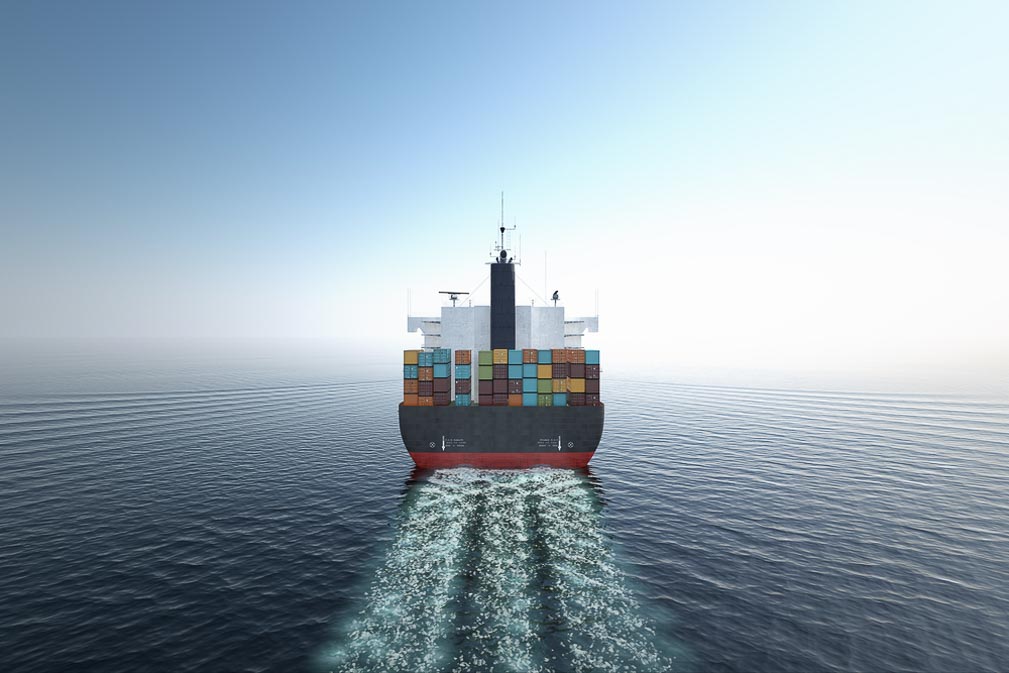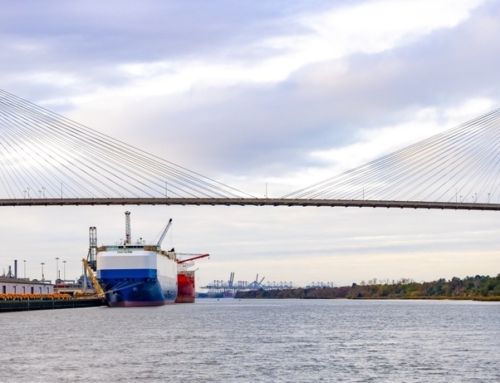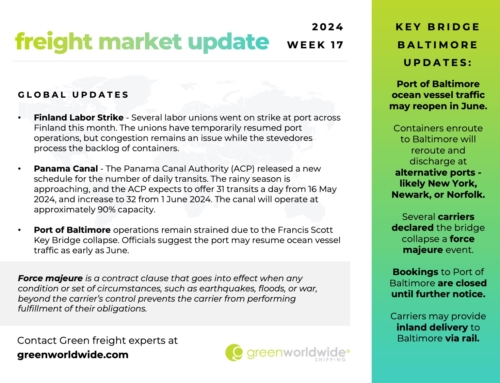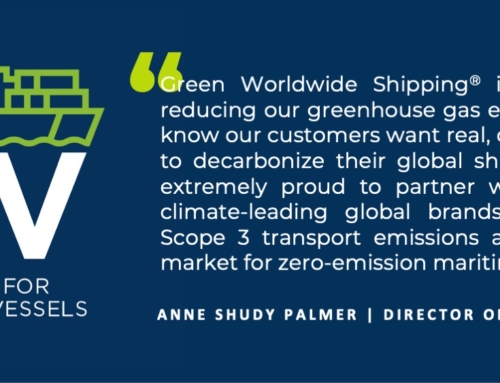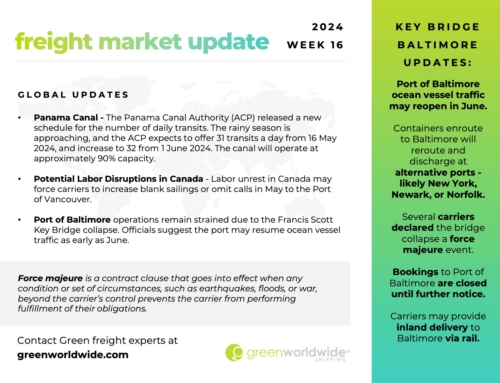As Lunar (Chinese) New Year approaches, supply chain managers have begun their yearly, rigorous evaluation of freight services. From rate-shopping to cost-cutting, many annual initiatives are based on the projected market outlook.
Here are the 2018 container freight market trends to watch:
DEMAND & CAPACITY
Two years ago, steamship lines bet big on mega-vessel, ordering over 40 to be delivered through 2018 – raising carrying capacity by 5.9%. All that extra space, unless carefully managed, is set to exceed consumer demand for the year. Carriers have notoriously needed time to find balance – in 2017, for example, excess capacity drove peak season rates far below contract levels.
But even though 2017 was the first profitable year in a long time for most carriers, the plan seems to be full steam ahead – orders for container ships are increasing year-over-year, squeezing already frail finances.
Financial instability has led to a flurry of industry consolidations and caused the bankruptcy of one major carrier back in 2016. Capacity management will determine if it will be a buyer’s or seller’s market, and shippers should consider diversifying to hedge their own bets.
SHIPPING ALLIANCES
2017 was the first-year shippers experienced carrier alliances under contract. Due to financial instability, and after widespread consolidation, steamship lines started making vessel-sharing agreements to extend their service offerings and reach.
At present, the current alliance landscape looks like this:
2M (36% market share)
Maersk, MSC + HMM
VESSELS: 23
CAPACITY: 6M TEU
WEEKLY SERVICES: 25
Ocean Alliance (28% market share)
CMA-CGM, COSCO, OOCL, Evergreen
VESSELS: 323
CAPACITY: 5.5M TEU
WEEKLY SERVICES: 40
THE Alliance (17% market share)
NYK Group, MOL, “K” Line, Hapag-Lloyd, Yang Ming
VESSELS: 241
CAPACITY: 3.3M TEU
WEEKLY SERVICES: 32
Why is this important?
Because shippers should understand the space they are buying. Traditional beneficial cargo owners (BCOs) – those that directly contract for space – must realize a crucial shift in allocation. Most are already familiar with rolled bookings during peaks and blank sailings used to manage space, but when that space isn’t on their carrier’s vessel, or is competing against higher contracted rates from another steamship line, the BCO loses valuable control.
Even further consolidation is expected; the industry projects 5-6 shipping lines will service the globe in the next ten years.
U.S. TRUCKING & PORTS
Big vessels mean big deliveries. So, when mega-ships started hitting U.S. ports, their deposits started leaving a flurry of congestion. Port trucking became (and remains) a major bottle-neck as truckers hunt for chassis that are no longer readily available at ports from carriers.
Combined with extended wait-times and newly implemented electronic logging device (ELD) mandate, trucking is taking longer and getting more expensive for domestic carriers. Less moves per driver has also resulted in driver shortages as the industry struggles to attract younger talent.
To add another layer of complexity, the International Longshoremen’s Association (ILA) U.S. East Coast & Gulf contract is set to expire on September 30, 2018. As negotiations continue, shippers should have flashbacks to the drawn out, expensive battle between labor and the United States Marine Alliance (USMA) back in 2012-13. Be sure to have some alternative routing choices should another strike hinder deliveries during shipping’s peak season.
The international freight market can be a complex puzzle to fit your supply chain into, but having the right forwarder can make all the difference to your bottom line and business goals.
Consider adding Green Worldwide Shipping to your arsenal for 2018 and contact us today.

